If you click on a link and make a purchase we may receive a small commission. Read our editorial policy.
Netflix's One Piece series fixes the anime's biggest flaw: the pacing
Cutting the excess increases the tension and leaves more room for the Straw Hats to shine.

Like many anime fans, news of Netflix’s live-action One Piece adaptation didn’t inspire much hope within me. Even ignoring the company’s failed outings with the Cowboy Bebop and Death Note adaptations, One Piece has elaborate character designs, huge set-pieces, and stretchy arm effects to bring to life. However, the biggest hurdle the production had to overcome wasn’t simply stretching actor Iñaki Godoy’s limbs to impossible lengths – it was the sluggish pacing of One Piece’s opening.
The first 65 chapters of the One Piece manga, which form the bulk of the Netflix show, are the weakest in the comic’s long history. Across these opening arcs, Luffy visits a new island, recruits a new crewmate, and beats up a new bad guy. It is pure Shonen goofiness but, despite being an entertaining read, is predictable and drags until the crew faces off against Arlong and his Fish-Men crew. You can get away with spending close to 100 chapters on introductions in a 20-page manga that takes minutes to read, but such a pace would be unforgivable and extortionately expensive in a 60-minute TV show.
Unfortunately, these arcs are vital to the story, establishing both how the Straw Hats meet and why they form a crew together. This could have reduced the opening season of the live-action One Piece to a tedious, underwhelming affair and doomed the entire project to an early cancellation, but the producers were smart about the changes they made to these chapters.
Introducing Nami and Vice Admiral Garp sooner cuts some of the tedium from the story, while the removal of Don Krieg from episodes five and six in favor of an early appearance by Arlong is such an improvement to the pacing of One Piece I’m convinced Eiichiro Oda would make that change canon if he could. Fights that involve dozens of nameless pirates are cut down to their essentials and are better for it.
The limitations of live-action stop the Netflix adaptation from being a replacement for Oda’s original manga, but the benefit of hindsight has allowed them to improve the narrative flow of One Piece’s opening chapters in a way that makes me excited for how they tackle the weirdness of the Grand Line or other things teased in the final moments of season one. Fans willing to look past some questionable body-stretching and disembodied clowns will find a better narrative structure waiting for them.
Want more? Read our guide to Netflix's One Piece season 1 ending.
Follow Popverse for upcoming event coverage and news
Find out how we conduct our review by reading our review policy
Let Popverse be your tour guide through the wilderness of pop culture
Sign in and let us help you find your new favorite thing.

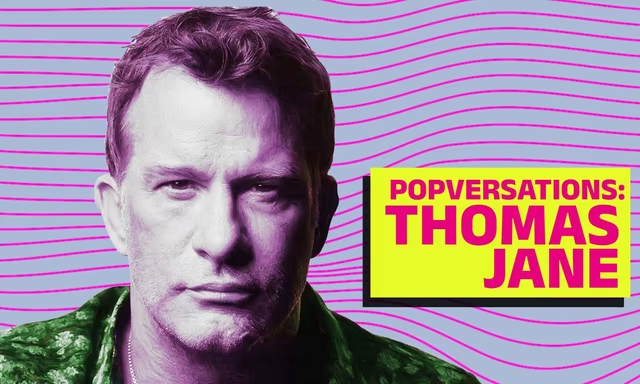


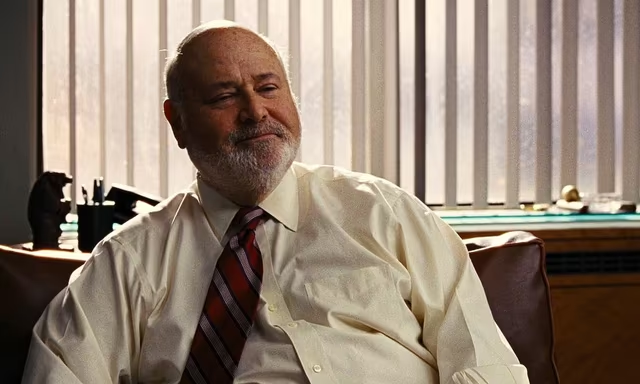
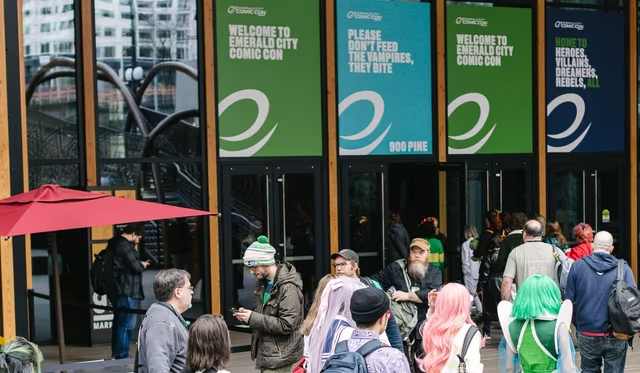

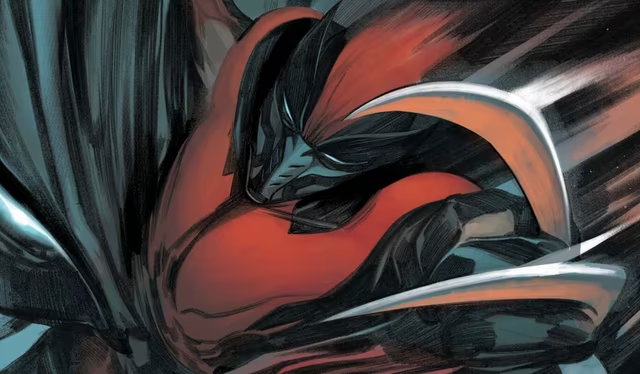
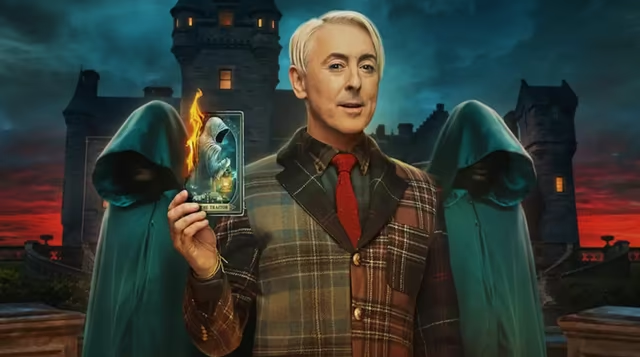






Comments
Want to join the discussion? Please activate your account first.
Visit Reedpop ID if you need to resend the confirmation email.